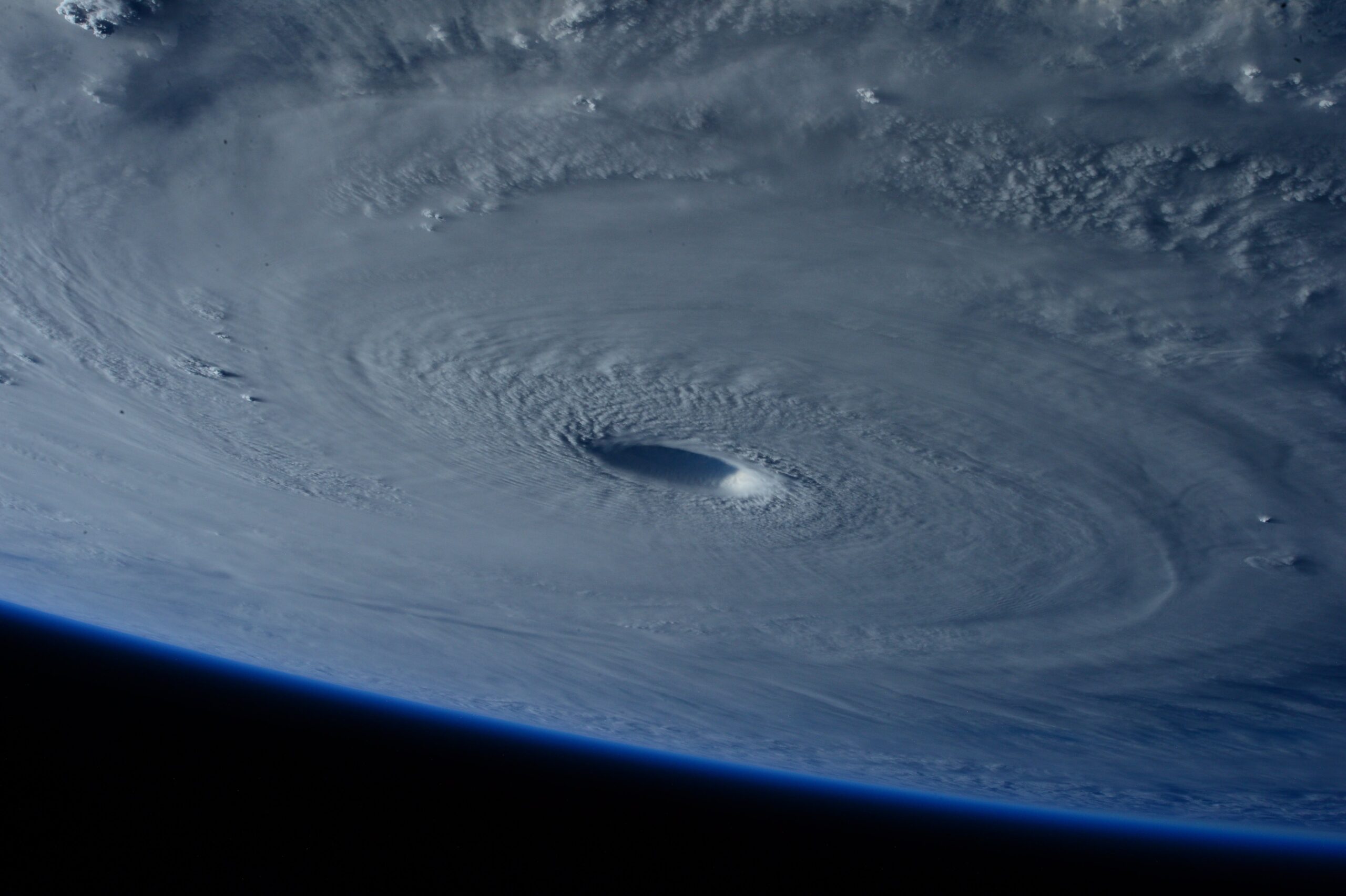
By BCD marketplace partner Global Guardian
With the size and scope of Atlantic hurricanes evolving, businesses with operations, assets, and people in impacted areas must review and update their response plan — and then plan for the plan not working.
The 2023 Atlantic hurricane season is underway and it’s a good news-bad news scenario. Good news first: this Atlantic hurricane season is expected to have slightly fewer storms than last year – the National Oceanic and Atmospheric Administration has predicted a near normal season with 12-17 named storms. Now for the bad news: the probability of a hurricane in the North Atlantic Ocean strengthening into a major storm – a category 3 or higher – has increased from 10% in the 1980s to 40% today, according to NOAA. The cost of hurricanes, in both human lives and in monetary terms, is high. About 10,000 people a year die as a result of hurricanes and tropical storms worldwide. In the United States, that number averaged 74 deaths per year between 2016 and 2021. NOAA estimates that between 1980 and 2021, hurricanes caused a total of $1.1 trillion in damages, with an average cost of $20.5 billion per event. In 2005, Hurricane Katrina alone resulted in approximately $170 billion in damages, nearly 1% of U.S. GDP.
The nature and location of hurricanes in the Atlantic Ocean are changing, too. Two factors that drive hurricane damage are wind speed and storm surge. The rise in sea level, warmer ocean temperatures, slower moving storms, and higher wind speeds all add up to more damage to life and property when the storm makes landfall. A 2023 report by First Street indicates that hurricanes originating in the Atlantic Ocean are tracking further northward on the East Coast, and that trend will continue. While Florida still accounts for 70% of the nation’s risk with regards to damages from hurricanes that make landfall, the Mid-Atlantic states will see the greatest increase in wind speeds over the next 30 years—and with it, greater potential for damages.
Understanding the Impact on Your Organization
Armed with this information, companies must make choices about minimizing risk to people, infrastructure, communications, and business continuity in the event a hurricane makes landfall. Companies need to focus on developing a plan and identifying the resources they will need to execute their plan before, during, and after a hurricane strikes.
The first step is determining the likelihood of Atlantic hurricane activity in your area. The anticipated shifting hurricane patterns will put companies not used to considering hurricane risk directly in the path of storms. Over the next 30 years, losses in the Mid-Atlantic region and the Northeast are expected to increase by 50% and 90%, respectively.
Once you’ve determined that you may be at risk, you need to proactively manage that risk. How you plan is up to you, but that you plan is critical. The Federal Emergency Management Agency (FEMA) estimates that 40% of small businesses do not reopen in the wake of natural disasters, and an additional 25% fail within one year. FEMA also estimates that 75% of companies do not have continuity plans. Companies need to invest the time and budget for planning before they are needed. There are a myriad of online resources from government agencies available to aid companies in developing plans (see Ready.gov’s Hurricane Tool Kit, FEMA’s Business Continuity Plan, etc.). There are also duty of care firms that specialize in helping companies tailor a plan for the inevitable, including Global Guardian, which outlines its capabilities in its online Hurricane Preparedness Guide.
Planning Strategies to Consider
There are many factors to consider and decisions to make when planning. Will the company maintain its business operations through a natural disaster to support its clients (business continuity planning) or will it cease operations and focus on getting the company back to operations post-disaster (recovery planning)? For business continuity, companies must take steps in order to ensure a safe work environment and secure data, functioning equipment, supply chain continuity, and onsite business and safety supplies.
In all cases, companies need to consider safety and protection of people, communications, and infrastructure. Before the storm, inspect your facilities’ ability to weather a hurricane, prepare employees to work from home with appropriate log-in credentials and cybersecurity protocols, and back up critical data, preferably outside of the region. Every department within an organization will likely have a role in planning and execution, from security and facilities, to IT and cyber, to communications and HR and senior business leadership.
In developing a continuity plan, businesses should analyze their operations and identify the likely impacts of a disaster. Some questions to consider:
- Will your key vendors and customers be impacted by the same severe weather?
- What is the impact on your business?
- How will you communicate with your staff at home in the event of limited phone or internet service?
A team representing the critical functions for continuity should be appointed to devise and document a plan to keep the business running during adverse conditions. Once this is finalized, it should be communicated to the workforce and practiced by those who would execute the plan during an actual disaster. Tabletop exercises, in which natural disasters or other business disruptions are simulated, are excellent tools for corporate leadership teams across disciplines. This process is similar for companies planning to evacuate the area and recover business in the wake of the disaster. Contingencies for evacuation, sheltering at work, or sheltering at home must be made to prepare for as many scenarios as possible.
How to Support Your Workforce
Employers should also help their staff prepare their homes to address the potential of overburdened or closed evacuation routes and lack of access to the office. The Red Cross’ Hurricane Preparedness Checklist provides guidance on how to prepare for, endure, and recover from a hurricane. There are also many sources that provide itemized lists of goods to stock up on and ways to protect your home from hurricane damage. As part of their duty of care program, companies can also train employees in hurricane preparedness, giving them the basic tools to maintain their safety and wellbeing.
Plan For Your Plan Not Working
While planning is key to successful execution, it must be coupled with resourcefulness, adaptability, and crisis leadership skills. As Mike Tyson famously quipped, “everyone has a plan until they get punched in the mouth.” Plans that rely on electricity, cellphone services, internet, transportation routes, and vehicles may be thwarted by the ferocity of a storm as it makes landfall. Businesses need to consider how they will operate in the chaotic and resource-constrained conditions of a hurricane. Will staff be at the office or able to perform their planned functions when disaster strikes, or will they be at home or evacuating with family? Execution risk and the possibility that your plan may not work can be extremely high and must be honestly and rationally evaluated.
Companies can lower that risk by choosing a partner who can execute plans before, during, and after disasters occur. Key characteristics of such partners include a solid track record of operating during disasters, a proven network of resources on which they can draw to provide essential, life-sustaining support when others can’t or won’t, and an ethos which puts clients’ safety as the overarching goal in such situations. Important questions to ask when evaluating a partner include:
- Do you trust your partner to do what they say and operate in high-risk conditions?
- Have they responded to a crisis before and do they maintain the capacity to do it again?
- What do their clients say about them?
If you don’t have the answers to these questions before the next hurricane, it may be too late.
Interested in exploring Travel Risk Management solutions? Click Here »



